Are we there yet? How Leading Colleges and Universities are Using Way-finding Technology to Create a Smarter Campus Experience.
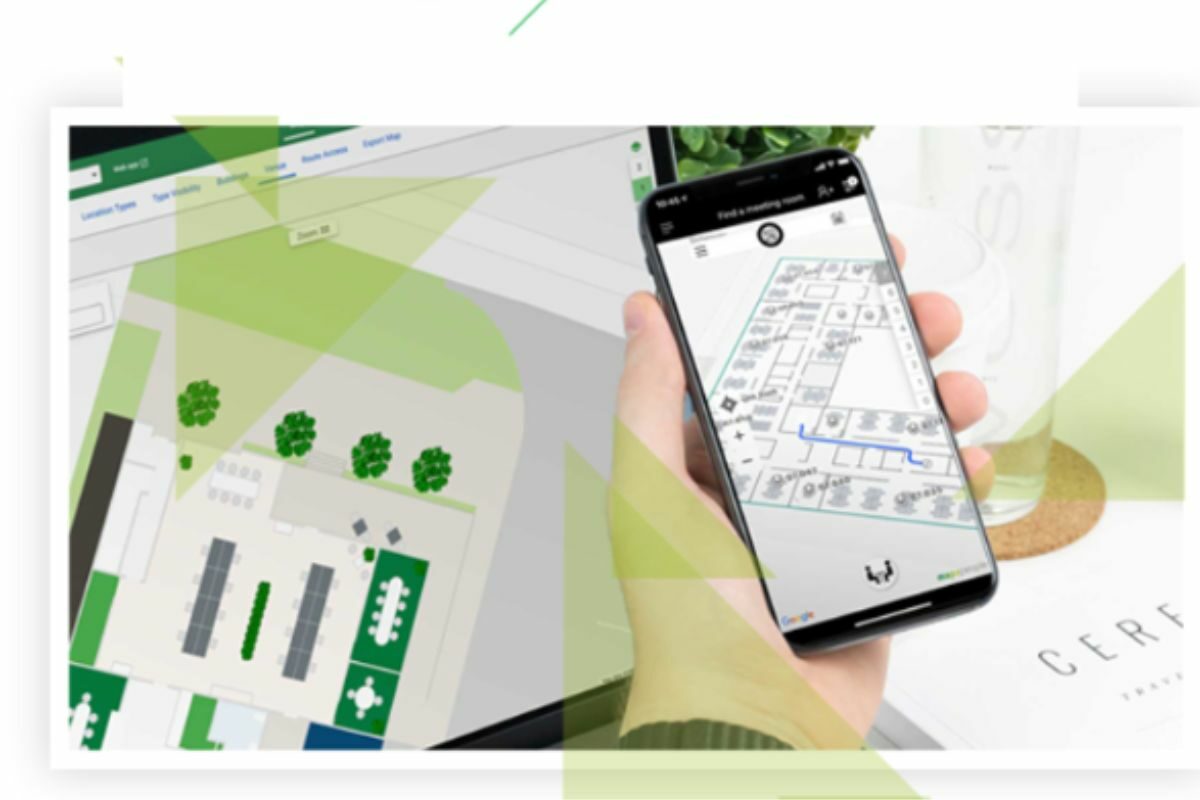
I hate being late, and I don’t think I’m alone in this. I really like to know where I’m going, how to get there and how long the journey will take, and then I plan a contingency far beyond most rational necessity. I’m the person who arrives at the airport four hours before the flight having slept in an airport hotel broadly 100 yards from my departure gate, you know, just to be sure I arrive on time. I can’t claim to fully understand why I behave this way but I think a large part of it is a fear of letting people down as I’m usually travelling to an important meeting of one kind or another and I want to make sure I arrive on time. From the research I’ve been looking at it turns out I’m not alone in this behaviour and it has implications for our world of colleges and universities where I’m a frequent visitor, especially those with large complex buildings and campuses.
How people feel when they arrive and navigate around your organisation can have profound effects on their anxiety levels and subsequent engagement from that point forward. This is because it turns out that getting lost is one of the most significant causes of anxiety we can experience.
The fear of being lost has a name, Mazephobia, and a fear of being lost runs deep in most people not least because it’s part of our evolution, an evolution that’s taught us that when we get lost it usually doesn’t have a positive ending (in historical terms). Back in 2002 the UK Forestry Commission commissioned a survey that found that many people actually avoid forests because forests can make people feel ‘vulnerable’ and they worry that they’ll get lost. The Commission also commented that ‘folklore, fairy tales and horror films’ have all contributed to a shared sense of anxiety about being lost. On this point have you ever been really lost, in a bad way? As a mountain biker it’s happened to me on occasion as deep in a forest it’s easy to lose a sense of where you are and the direction you’re heading in no matter how experienced you might be. The sun was going down, I was miles from civilization and I was under pressure and as numerous psychologists have proven nobody gets smarter under stress. At this point most people don’t make great decisions and negative emotions dominate thinking.

When we’re lost we experience a compulsion to keep moving which history suggests is actually one of the worst things you can do, but again in evolutionary terms when we experience fear moving is hard wired into us as things that keep still tend to get eaten quite quickly. The problem is when we move in a state of anxiety we don’t move in a consistent direction, in fact a common ‘lost’ behaviour is to walk in erratic circles while thinking you’re moving in a line (research shows that in dense fog humans find it almost impossible to walk in a straight line) and due to anxiety we also often can’t see visual clues that might be right in front of us. For anxious students this can be a significant issue and for Estates Directors and Directors of the Learner Journey in colleges and universities in particular it’s not good news.
Some organisations are leading the way in tackling this and my contention is that we can learn from what they’re doing and if we get it right then educators can create a smarter and more digitally supportive personalised journey for staff, students and visitors. First let’s explore a little about why this is an issue.This state of being lost is why a new student arriving on campus with heightened anxiety levels may miss all the signs that the Estates team has so diligently put in all the right places. When we lose connection with the familiar, bad things happen to our emotions and thought processes. Psychologists have stated that being lost is a cognitive state but at its core it’s an emotional one with two key components. When we experience stress, fear and anxiety, we have less ability to reason and we experience what Neuroscientist Joseph Ledoux has described as ‘a hostile takeover of consciousness by emotion’. When we are in that state most decisions we take will not be good ones and we associate negative feelings with that space. So much for the budget we blew on the shiny new campus signs.
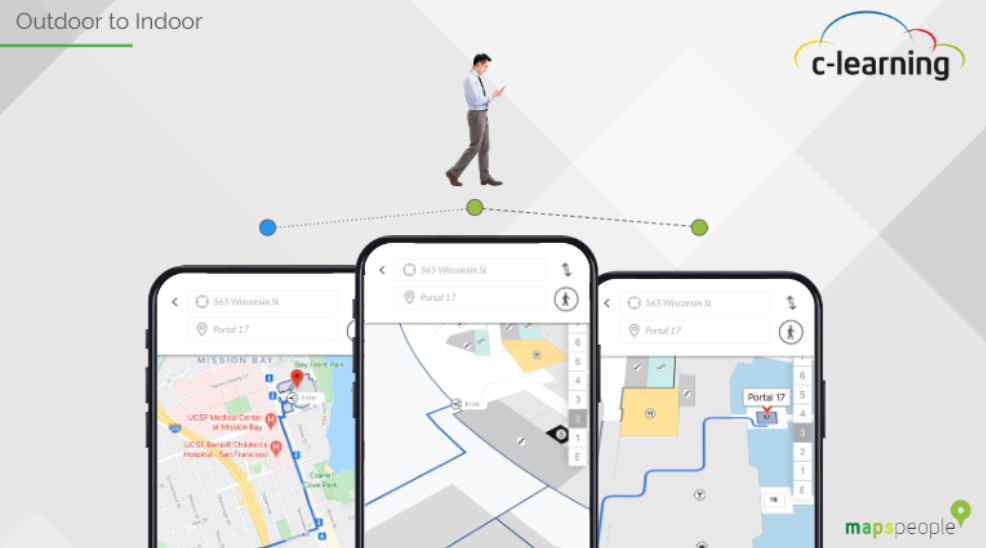
When we are lost we express a particular form of stress that causes havoc in our brains and impacts on our ability to make decisions that would help, including noticing landmarks or any number of visual clues around them that might help. I once experienced this trying to drive around the fabulous city of Dublin when I ended up going in circles for longer than I care to admit, and if you really want to see what stress does to our ability to navigate just spend a little time at the roundabout by the Arc De Triomphe in Paris and you’ll see what I’m referring to.
Experience rush hour in most major cities and you’ll see how critical the ability to navigate can be and what happens when people get lost . When psychologists have been working with people just after they have been found after a period of being lost they often describe it as being very challenging as the person often makes no sense as though their brain is malfunctioning and they often cannot recall recent events. A former College CEO used to say to me how he regarded students making a friend on day one as critical because when bumps in the road happen you have a support network as backup, and my contention is that way-finding technology can be just as effective as a support system when things go wrong and some organisations are using it with great impact creating a seamless navigation experience from off campus to on campus.
So what does it mean for educators? There are examples of leading Universities who have harnessed established technology to provide a dedicated wayfinding app that addresses the issues previously discussed, and as I’ve learned more about it I’ve become more curious as I’ve seen the impact it’s having. The potential to harness wayfinding technology as part of a digitally enabled smarter campus seems like an obvious evolution for the digital strategy of any organisation. Let’s explore a few examples including one of the best I’ve seen so far from the remarkable Canterbury Christ Church University.
Under the leadership of the Director of Digital Strategy Sarah Cockrill and Gareth Stears, Assistant Director for Digital Engagement and Innovation at the University, students are able to open their schedule for the day and within the app there is a link that when clicked opens up a personalised map that directs the user directly to their next class, lecture, seminar or wider appointment. It’s easy to use and makes life better for the user.
By linking specialist way-finding technology called MapsIndoors, which is built on Google Maps, to the University timetabling system the result is a solution that is both beautifully simple to use and immensely powerful in its impact. It’s an impressive example of impactful technology that has been intelligently thought through and well executed. Additionally for any visitors to the campus buildings there are also kiosks with the same technology embedded making navigation easy.
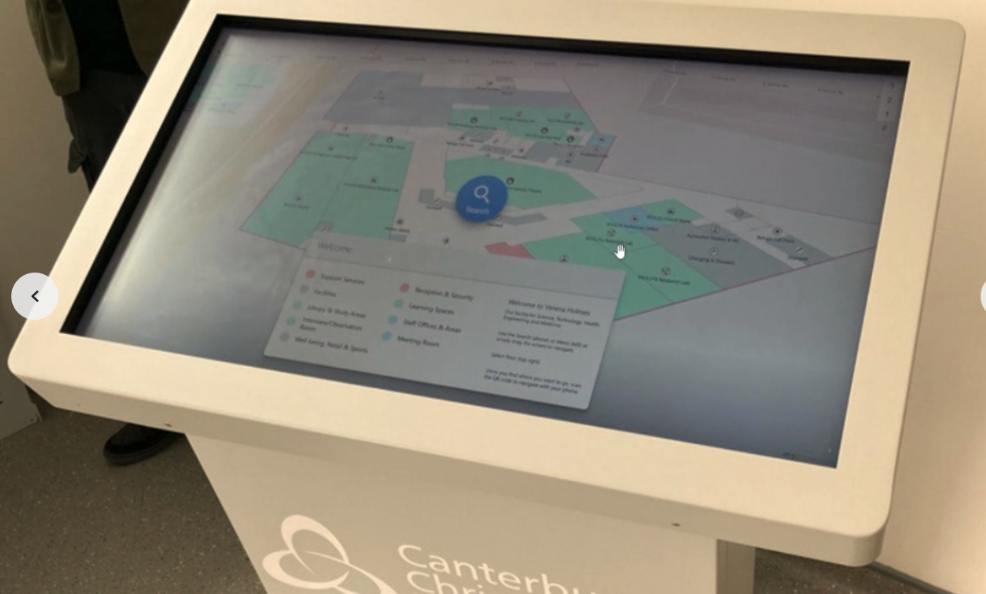
As this underlying technology is built on Google Maps the interface already feels familiar even to someone using the app for the first time (perhaps not surprising as Google Maps has more than a billion users per month).
Looking at what Canterbury Christ Church University has done whilst it’s very challenging to demonstrate academically rigorous causality between any reduction in anxiety levels and the use of wayfinding technologies such as MapsIndoors, as part of a suite of measures designed to deliver a highly personalised and supportive smarter campus experience it’s clearly a major asset. The technology is having an impact in a few critical areas such as:
- Reducing incidents of people getting lost, so reducing anxiety and supporting wellbeing.
- Reducing workloads on reception based staff as people have less need to be directed to locations, especially during busy times such as open days and wider events.
- Meeting the digital expectations of users.
- Providing a best endeavour for those with additional requirements in the event of an evacuation who may be unable to use stairs and need a personalised wayfinding solution to an appropriate exit.
- Enhancing the digital estate.
- Supporting marketing and engagement with open days and wider events with dedicated wayfinding support for an event.
There are many more user cases also.
Another great example of a University that’s solved some of these challenges is City University of London who also provide a dedicated way-finding app for their community. The primary purpose behind it was to provide a seamless transition from the Google Maps external navigation that students, staff and visitors were using to arrive at the campus and then for it to continue inside the buildings to get the user to their exact destination including the specific room. The University is also able to modify the maps on the app easily and quickly should buildings be closed etc, and can also provide route planning for open days or similar events such as enrolment and so on. It provides a real sense of dedicated personal care despite the size and scale of the campus environment.

At Nanyang Technological University in Singapore (NTU Singapore) a University ranked among the top Universities in the world they have a vision for a smart campus where they apply the best technologies to enable a smarter, more efficient campus experience that meets the changing needs and expectations of its community. With a massive 200 hectare estate at just one of its campuses intelligent outdoor to indoor navigation was a priority so the university integrated MapsIndoors way-finding technology into existing apps, kiosks and websites providing a seamless mobile experience.

Kee Haur, the Team Lead for Enterprise IT at NTU Singapore commented that “The MapsIndoors map, built on the industry standard Google Maps Platform, is a very welcomed change with the multi-floor feature that allows people to navigate the whole University campus without feeling lost. This is super important especially for new students and visitors who may not yet be familiar with the layout and location of tutorial rooms, meeting rooms, and lecture halls. And we all know that we should not be late for lessons.”
For my part as I continue to learn more about this technology I’m excited by its wider potential and the future roadmap of possibilities. For example through the Software Development Kit (SDK) provided colleges and universities are able to augment the functionality of the technology in many exciting ways. NTU Singapore is already exploring this and is looking to expand their way-finding application to include heat mapping and AR (Augmented Reality) navigation, as well as integration with estates building and maintenance reporting. A UK based University that has already explored the ability to use this technology for estate maintenance reporting is the University of the West of England (UWE) Bristol who are using the SDK provided with MapsIndoors technology to enable timely and accurate reporting of maintenance requests, increasing efficiency and reducing cost.
This matters because when we don’t know where we’re going we feel out of control. Psychologists point out that places can be engaging, exciting, frightening and make us feel safe, and our brains create cognitive maps of feelings as much as geometry in this context be it positive or negative. What this means is that people who have been lost in a space are usually not keen to return to it and in addition often seek to avoid places that even look similar to where they got lost.
I believe that aside from wider business benefits the application of way-finding technologies can also support better mental health as part of a wider suite of measures to reduce the anxiety that some people experience when trying to navigate buildings, campuses or simply getting to their next appointment on time, and the number of people who this applies to isn’t small. As a senior University leader said to me recently, ‘by the end of September most people in a University will have gotten lost at least once’. It doesn’t need to be this way.
Way-finding technologies when intelligently integrated into a smarter campus vision can provide staff, students and visitors with a reassuring sense of dedicated personal care and direction, and when we know we will get to our destination we feel very differently about the physical spaces we are in. This matters increasingly because as our physical and digital worlds intersect in an ever greater way our experience of those worlds should be seamlessly intuitive, personalised and make us feel safe. I’d go even further to suggest we should also look forward to being in them.
Games designer Shigeru Miyamoto, a man generally regarded as one of the greatest game designers of all time, once told me that ‘when I’m creating a world, I want people to feel sentimental about it afterwards’. I believe that a smarter digitally enabled campus should achieve the same thing and in the words of another rather fine mind, Einstein, he once said “you can’t use an old map to explore a new world”, and that feels like a perfect final thought to end on. As I look at the technologies we have now such as MapsIndoors it’s clear that as we create our new digitally enabled world we also have the capabilities to empower people to navigate it with confidence and we should apply equal focus to both parts of that equation.
As we think about the spaces in which we live, work and learn this human centred approach to how we navigate spaces should be the foundation of building a smarter campus for the future, and I’m inspired by those who are already doing it.

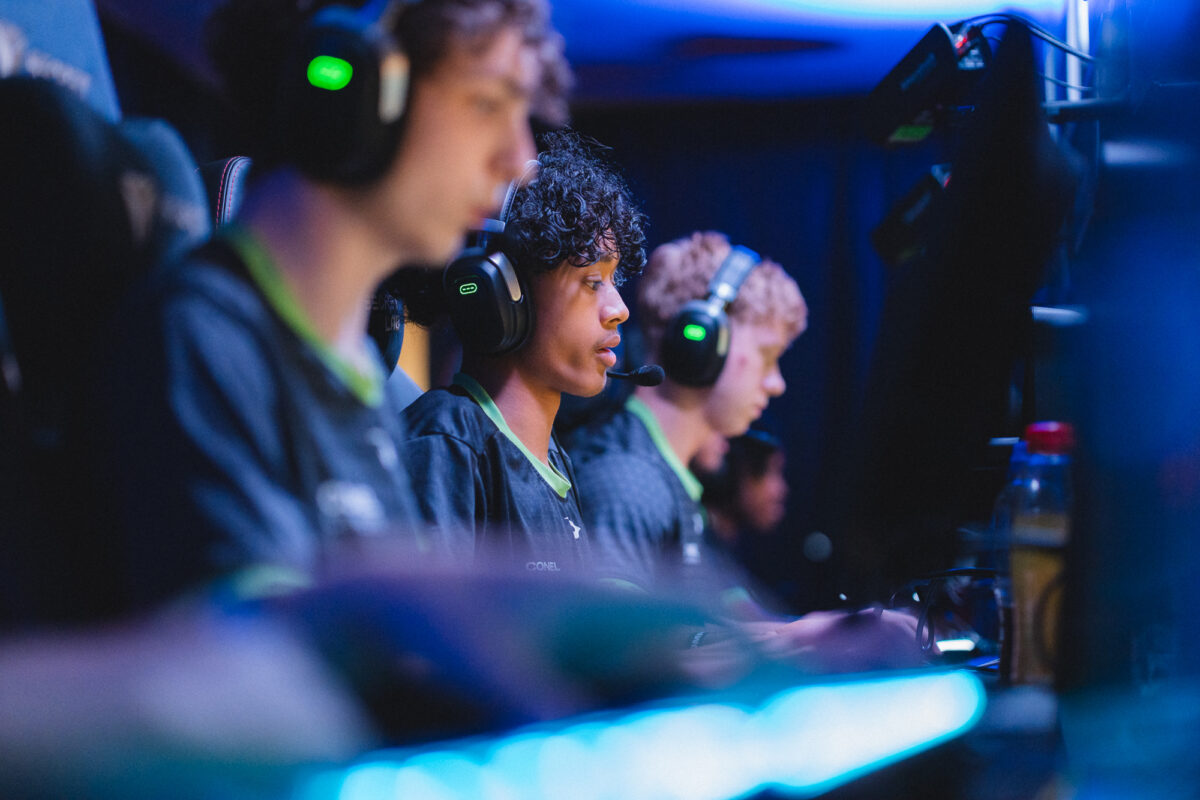

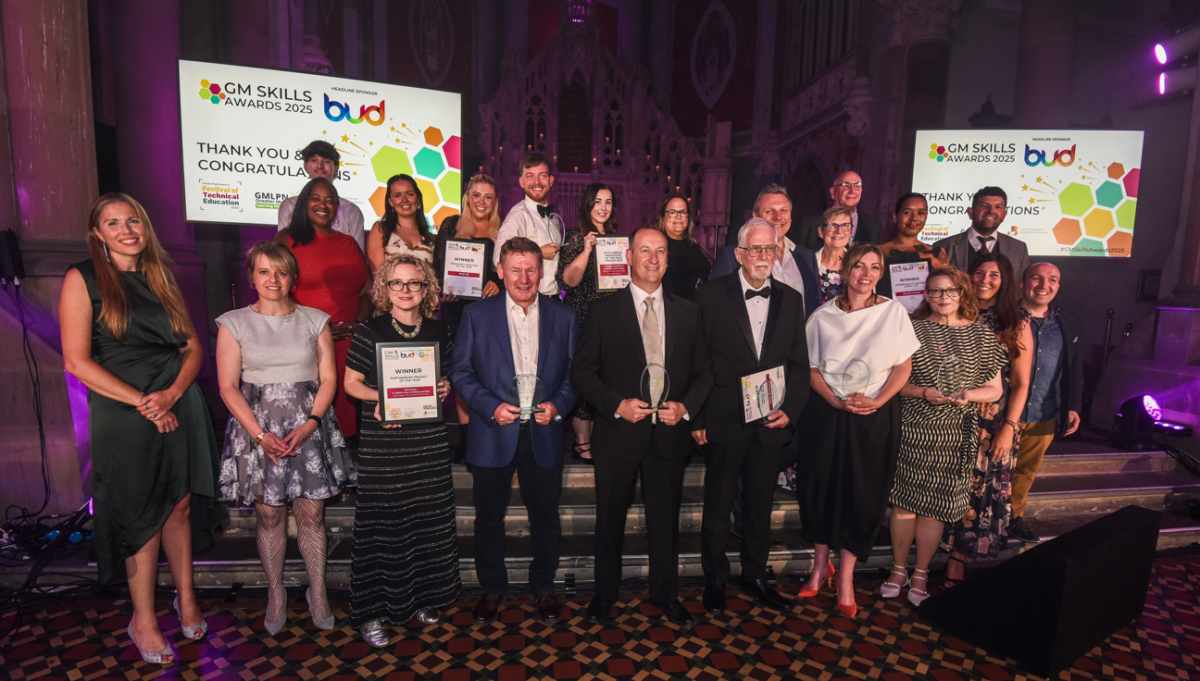

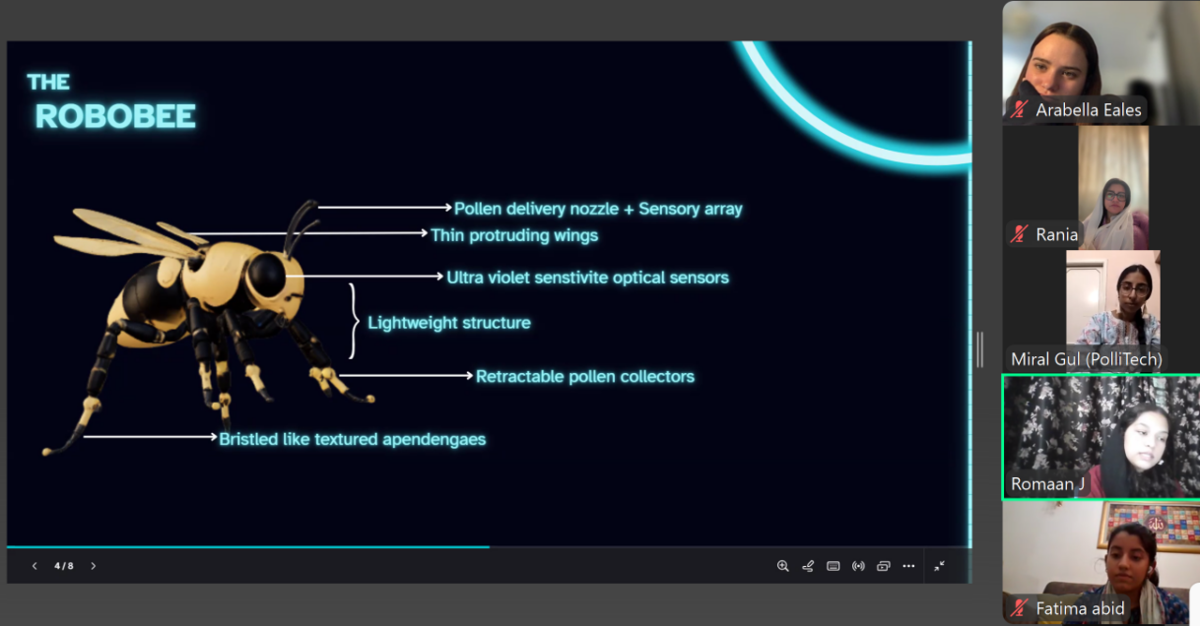

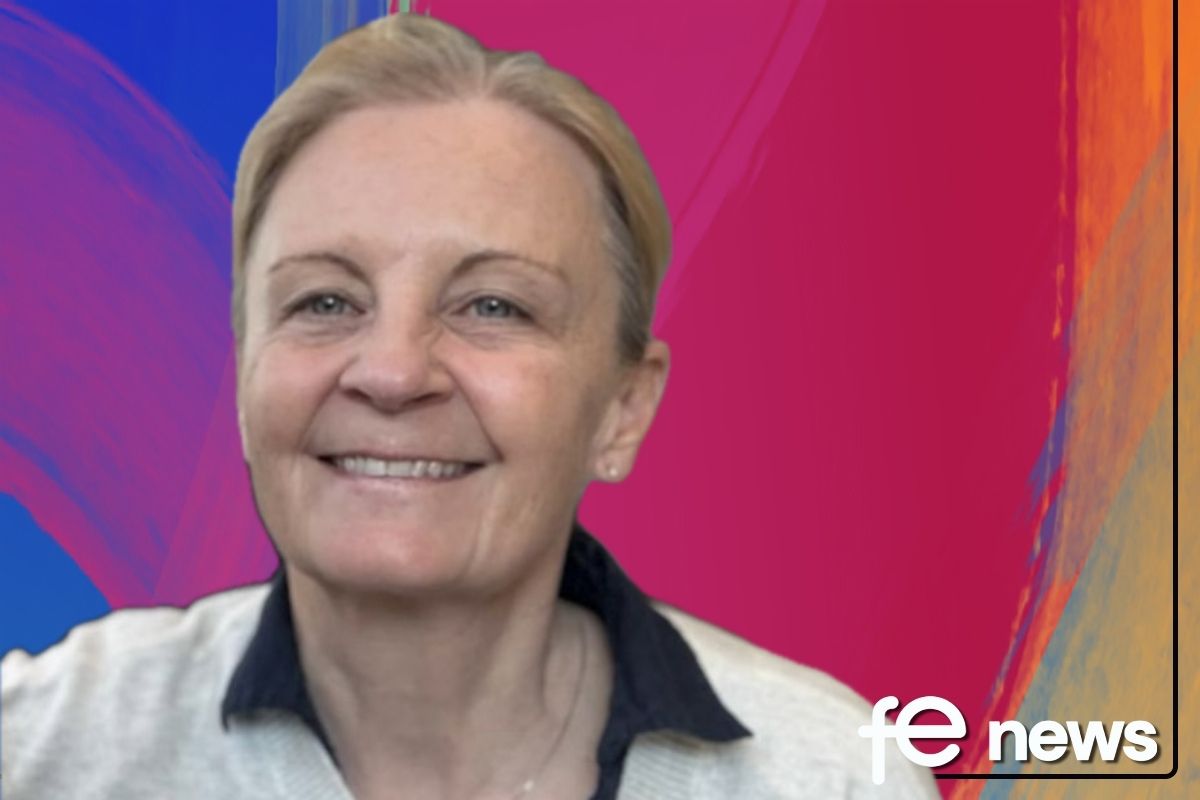

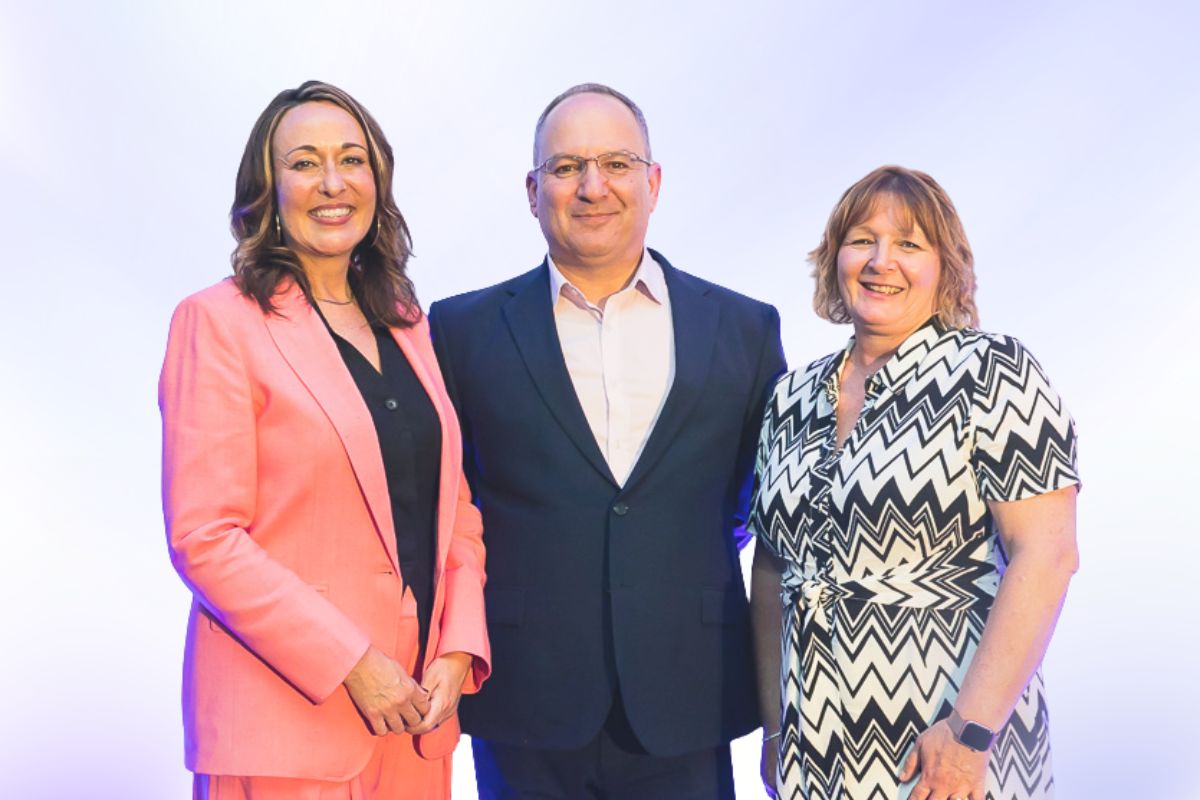

Responses